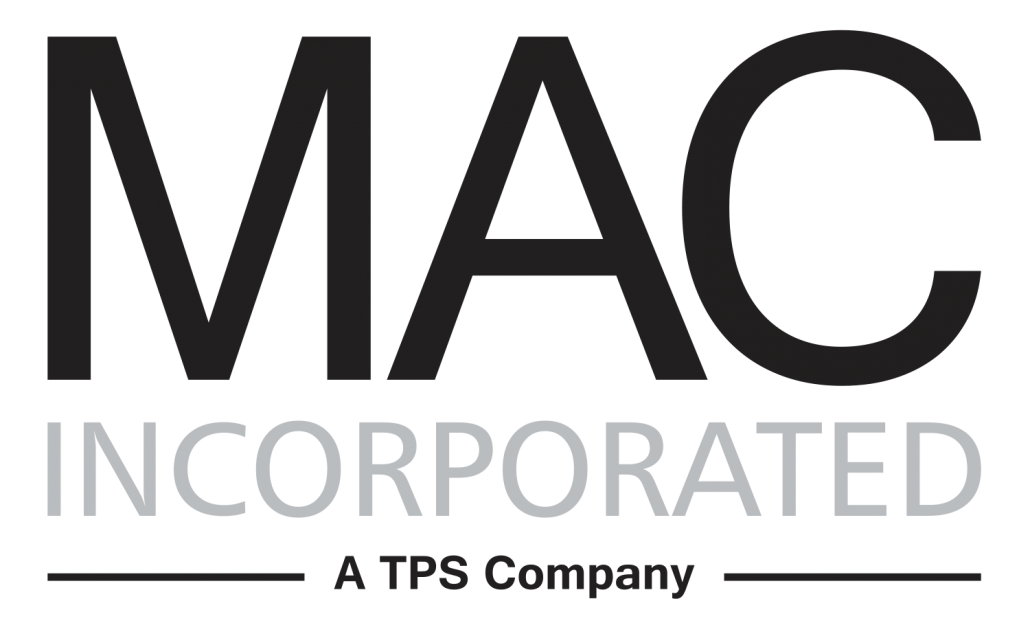Are Temp-To-Perm Aerospace Engineer Jobs a Good Move?
Should You Take a Temp-To-Perm Aerospace Engineering Job?
Searching for a new aerospace engineering job? Maybe you have been offered a temp-to-perm contract or have seen temp-to-perm aerospace engineer jobs advertised. But you may be having second thoughts about accepting or applying.
In 2006, the BLS, forecast a 6% growth in aerospace engineering jobs over the next 10 years. Now, in 2019, that has dropped to just 3%. With job growth slowing, you may be finding it harder to land a new permanent role. A temp-to-perm job may be the best next step on your aerospace engineering career path.
To help you assess these opportunities, in this article we set out the pros and cons of temp-to-perm aerospace engineering jobs.
Pros of Temp-To-Perm Work
If you have always been in permanent employment, taking a temp-to-perm job will be new to you. You may worry that it will not provide the security you are looking for. However, there are many advantages to accepting a temp-to-perm job. These include:
· The opportunity for full-time employment
For many companies, the cost of hiring can be high. Finding skilled aerospace engineers is tough – even in a recession – and as such, many companies take a ‘try before you buy’ method in hiring. Temp-to-perm contracts have become more popular as they allow organizations to test that candidates have the right aerospace engineering skills, and that they will be a good fit for the company culture.
Often when a candidate performs well, when their temporary contract ends, they will be offered a permanent position.
· Keep continuous employment on your resume
Unemployment in the US has reached peak levels this year due to the global coronavirus pandemic. You may have found yourself unemployed and struggling to find a new role. Taking a temp-to-perm contract allows you to keep earning and keep continuous employment on your resume. This not only looks good when applying for future roles, but will also keep your skills up to date.
· Test the waters at a company
The ‘try before you buy’ vetting does not only apply to the organization looking to hire. It also gives you the opportunity to vet a new employer before you commit to a permanent contract.
Testing the waters at a new company allows you to have the time to get acquainted with the role. You can determine if the organization, its values, the colleagues you work with, and the type of work you will be undertaking are the right fit for you. If not, you can part ways with no hard feelings, and look for something more suitable.
Cons of Temp-To-Perm Work
As you can see, there are plenty of advantages to taking a temp-to-perm aerospace engineering job. However, there are always some drawbacks. Here are the main ones:
· Does not always lead to full-time employment
There is always the risk in a temp-to-perm role that it will be more temp than perm. You may spend a few months at an organization and when your contract finishes, you won’t be offered a permanent contract.
But is this really a drawback? While the job hasn’t panned out as you’d wished, you have had several months of gainful employment, kept your skills up to date, you don’t have gaps on your resume, and you can now look for another job.
· Lack of benefits
Temporary aerospace engineering employees often find they are not compensated as well as their permanent counterparts. Sick pay, vacations, and other benefits may not be included in your contract.
To Sum Up
There are pros and cons to taking a temp-to-perm aerospace engineering job. However, in general it can be a great way to open doors and build your network, and often leads to a permanent position. In the current economic state, if you are offered a temp-to-perm contract it may be a good move for you to take it.
For help finding your next aerospace engineering job, contact Mac Incorporated.

